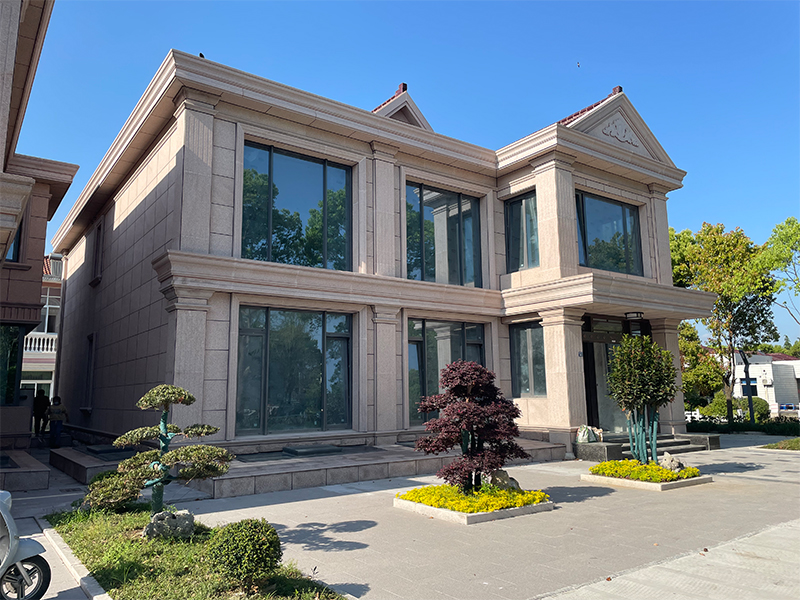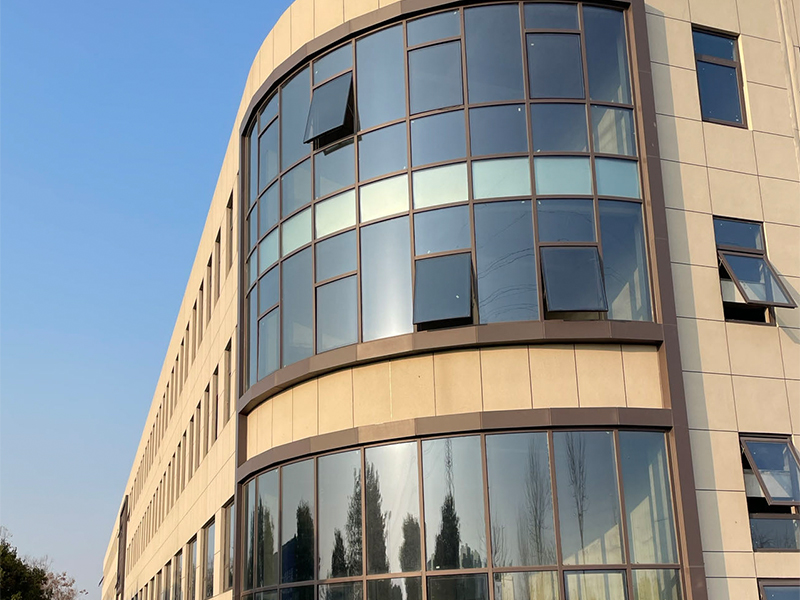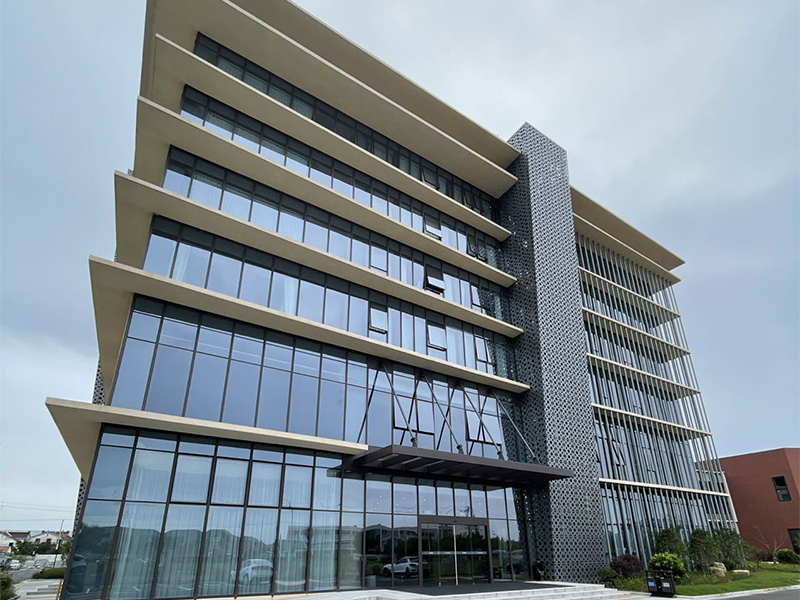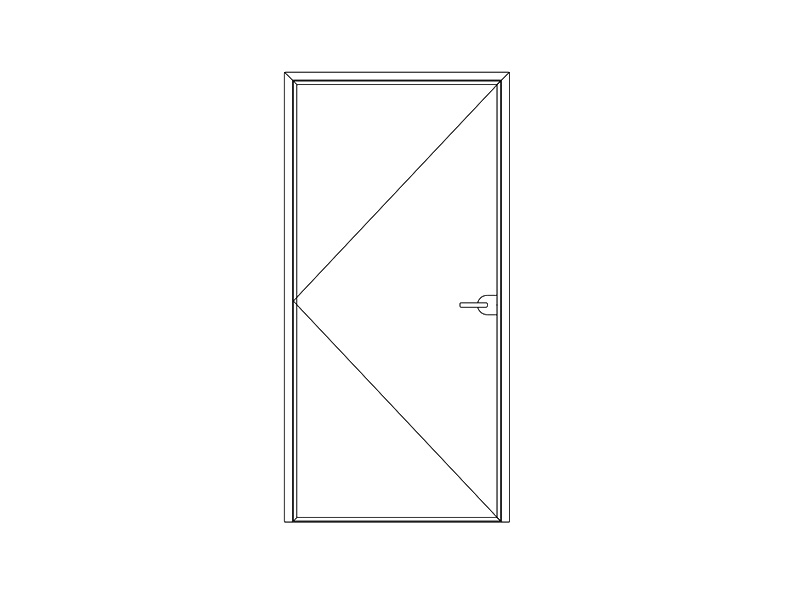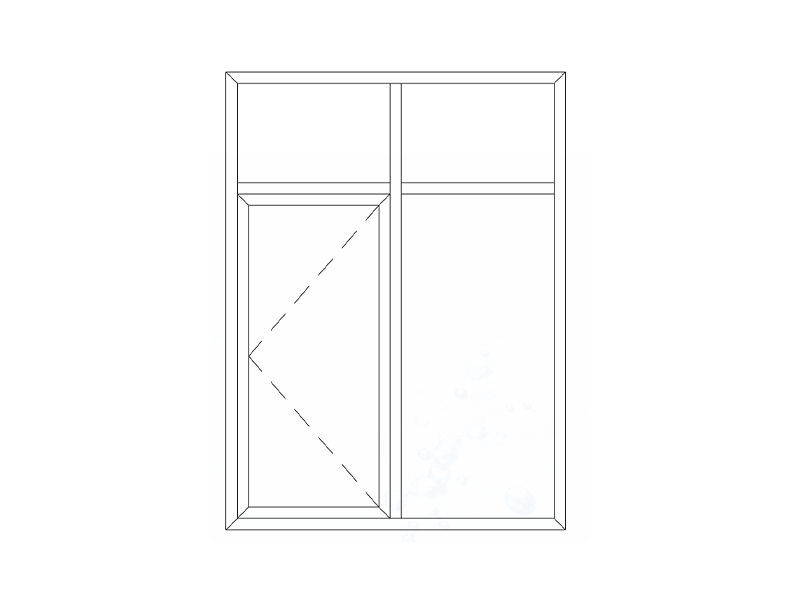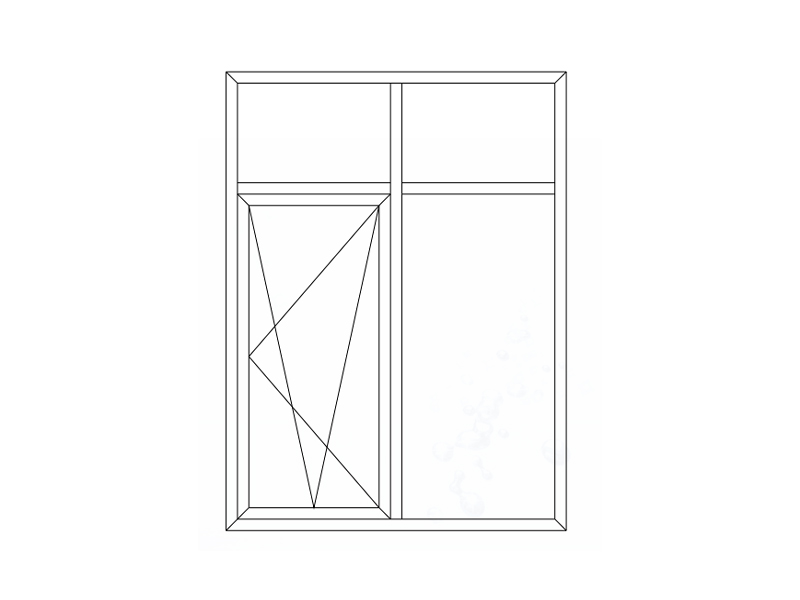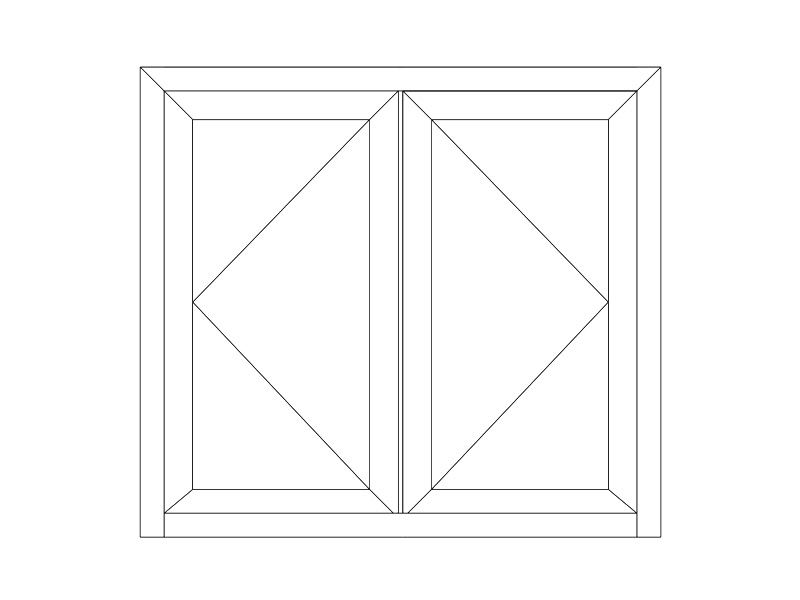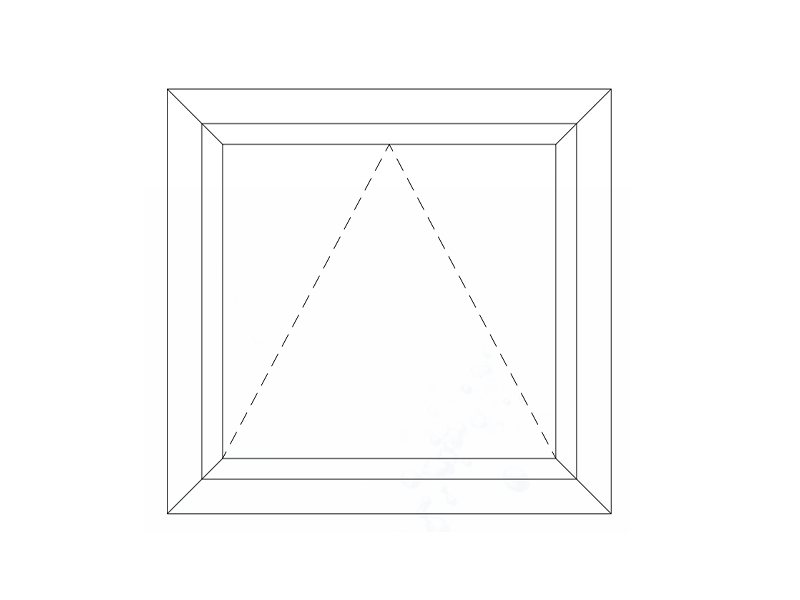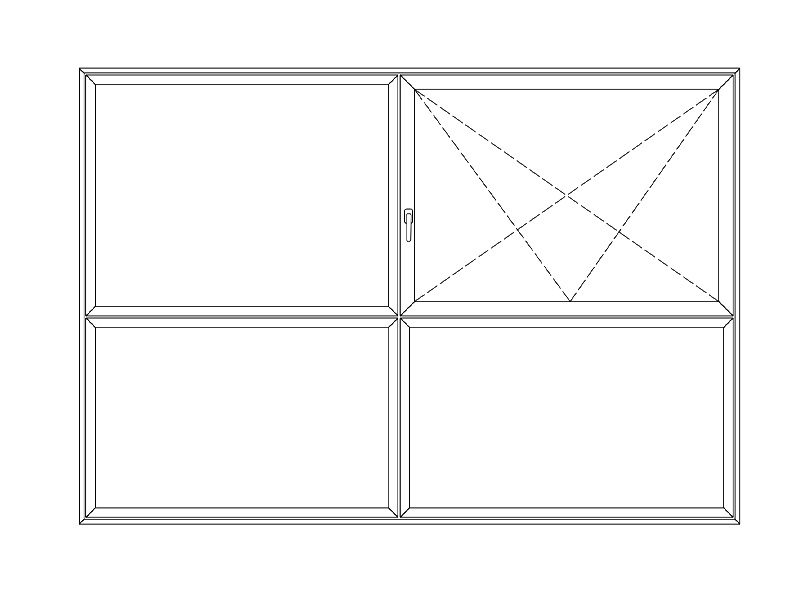The aluminum profile stands as a testament to material science and advanced manufacturing, serving as a critical building block across modern architectural and industrial landscapes. Its creation through the sophisticated process of extrusion allows for the precise shaping of aluminum alloys into tailored cross-sections, giving engineers and designers unparalleled freedom.
Engineering Excellence through Extrusion
The defining feature of the aluminum profile is its method of manufacture: extrusion. Unlike rolling or casting, extrusion forces a heated aluminum billet through a shaped die. This technique enables the creation of complex, custom geometries that are impossible with other materials like steel. These profiles can integrate features such as channels for wiring, interlocking mechanisms, or thermal breaks directly into their form. .
The most common alloys used, primarily from the 6000 series (e.g., 6063), are chosen for their excellent balance of extrudability and mechanical strength, ensuring the final aluminum profile is both structurally sound and highly adaptable.
Unmatched Versatility: Properties that Drive Adoption
The widespread adoption of the aluminum profile is rooted in a unique combination of beneficial properties:
-
Exceptional Strength-to-Weight Ratio: Aluminum’s low density means a profile is significantly lighter than a comparable steel component, yet the strength achieved through alloy selection and profile design maintains structural integrity. This is vital in reducing loads on foundations (in construction) or boosting efficiency (in transport).
-
Durability and Corrosion Resistance: Aluminum naturally forms a protective, self-repairing oxide layer on its surface. This inherent resistance to rust and weathering is often enhanced with finishes like anodizing or powder coating, making the aluminum profile ideal for harsh exterior environments.
-
Modularity and Assembly: The design flexibility of the profile allows for the integration of T-slots or grooves. These features enable rapid, bolt-together assembly without welding, revolutionizing the construction of machine frames, automation equipment, and trade show displays.
-
Thermal Performance: Aluminum's excellent thermal conductivity makes it the material of choice for heat sinks, efficiently dissipating heat from sensitive electronic components like LEDs, CPUs, and power inverters.

Industry-Specific Applications
The reach of the aluminum profile extends into nearly every sector:
-
Architecture and Construction: The material is foundational for modern curtain wall systems, energy-efficient window and door frames, and custom facades. Its durability and aesthetic appeal make it a preferred choice for sleek, contemporary designs.
-
Industrial Automation: T-slot aluminum profile systems form the backbone of modern factories. They are used to build modular, customizable machine guards, production lines, and ergonomic workstations, enabling quick layout changes and rapid prototyping.
-
Automotive and Aerospace: Lightweight aluminum profiles are critical in vehicle body structures, helping manufacturers meet fuel economy standards while enhancing passenger safety.
-
Solar Energy: High-strength, weather-resistant aluminum profiles are used to create the structural racking and mounting systems for solar panel arrays, providing stability and longevity in outdoor conditions.
In conclusion, the aluminum profile is far more than a simple structural element. It is an engineered solution that facilitates lighter, stronger, more efficient, and more sustainable designs across a spectrum of industries, cementing its role as a fundamental material in 21st-century innovation.

